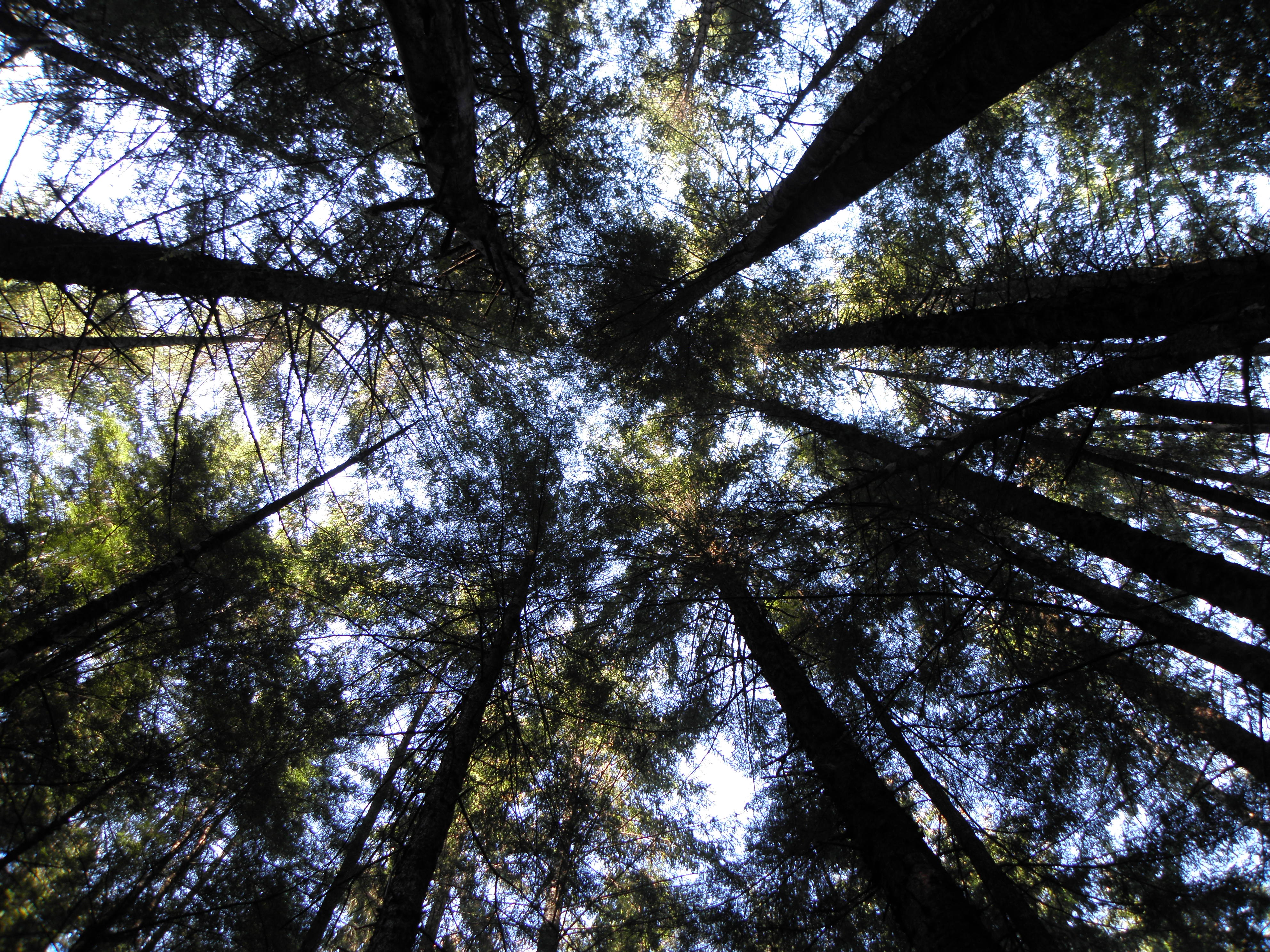On Earth Day last year, President Biden stood in front of Tribal leaders, conservation groups, climate experts, and many of the most influential elected officials from Washington State and the city of Seattle. He was surrounded by towering Douglas Fir and cedar trees — some over 200 years old. Within an hour’s drive — to either the east or west — from where he spoke, stand hundreds of thousands of acres of public national forests, including some of the finest remaining ancient forest ecosystems in the country. These “climate forests” are full of mature and old-growth trees. These trees are not only ancient, but incredibly special — they absorb carbon at far greater levels than their younger counterparts.
Biden shared powerful remarks recognizing forests on public lands as a priceless resource, and identified the need to take real action to conserve them. The president has previously stated his goal of preserving 30% of lands and waters in the US by the year 2030 as a way to offset the worst effects of climate change, and he appropriately recognized carbon-absorbing forest ecosystems as one of our most important nature-based climate solutions. Moreover, forests are critically important for wildlife habitat, clean drinking water, outdoor recreation and tourism, cultural and historic value, and much more. Biden’s statement was a powerful step forward in tackling the climate and biodiversity crises, and he committed to delivering progress within a year.
Take Action: Tell President Biden to Protect Our Old-Growth and Mature Forests!
The one-year anniversary of Biden’s commitment to protect forests is coming up this Earth Day, April 22. By creating a meaningful administrative rule — one of the strongest actions a president can take — that protects mature and old-growth forests on federal public lands, President Biden can deliver real results on a key conservation priority.
The last time we saw a major, nation-wide rule for land conservation was more than two decades ago when then-President Clinton announced the Roadless Rule. With a few select exceptions, the proposal was fairly straightforward: National Forest lands that are not already criss-crossed by roads and used for extractive industries — like mining or logging — are extremely valuable as they are and should remain in that state. In the one-year process leading up to a final rule, the Clinton administration received over a million public comments, held dozens of hearings across the country, brought together countless public lands stakeholders, and ultimately created one of the most significant protective measures in the history of land conservation. The Roadless Rule still stands today, protecting over 54 million acres of National Forests — that’s more than twice the size of Idaho.
When it comes to tackling climate change and rampant loss of the world’s biodiversity, scientists agree that this decade must be one of bold action. Accordingly, the president has taken critical initial steps to do just that. Now is the time to cement his legacy of conservation leadership by issuing meaningful rules that protect the values of our ecosystems.
